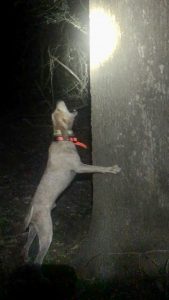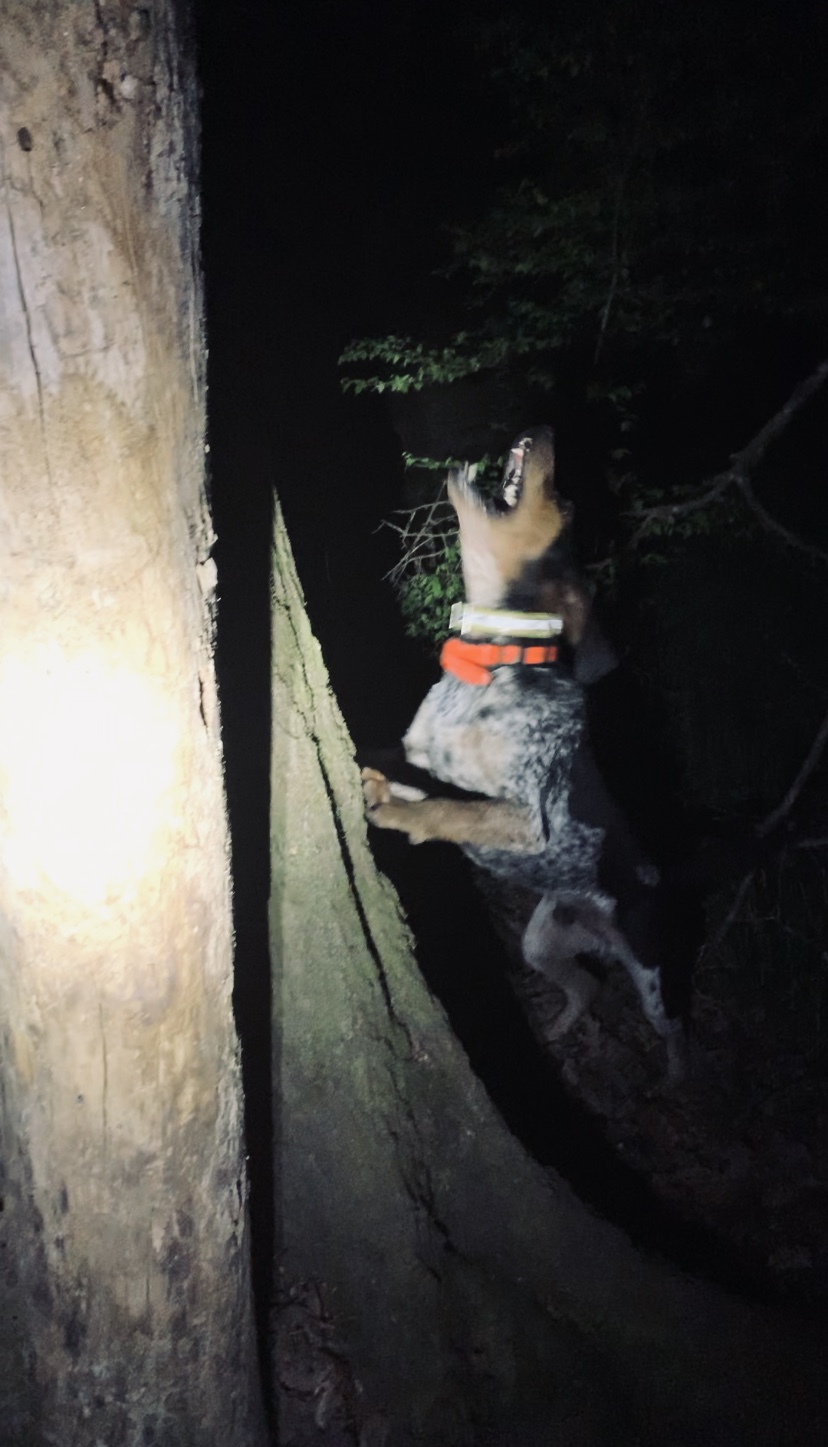By Mark Beason
For many coon hunting conjures the tales of Dan, Ann, and Where the Red Fern Grows. Throughout the Southeast, the tradition of coon hunting with hounds remains strong. The lore of bawl-mouth hound ringing through a bottomland swamp and the push of a hot tract still calls many to the woods.
 While coon hunting is steeped in tradition, this style of hunt has evolved and changed over the years. The very core of it remains as it has for generations, ’coon hunting today isn’t like it used to be in the good ole days. While change isn’t always a good thing, especially in terms of technology, it’s been a change for the better in ’coon hunting.
While coon hunting is steeped in tradition, this style of hunt has evolved and changed over the years. The very core of it remains as it has for generations, ’coon hunting today isn’t like it used to be in the good ole days. While change isn’t always a good thing, especially in terms of technology, it’s been a change for the better in ’coon hunting.
“You still need a hound that can strike a track and work it out and get treed with a set of eyes looking down,” said David Bradley, veteran coon hunter from South Mississippi. “But how we get there and operate has really changed. GPS units (global positioning systems) were a game changer in coon hunting.”
Companies like Garmin and Dogtra allow coon hunters to use their cell phones or handheld device to accurately track the movements of their dogs. This helps hunters see exactly where their dogs are and the best routes to get to them once treed. Being able to follow dog movement in a timely manner is also a safety factor.
“I know where my dogs are at all times and honestly having a tracking collar has saved dogs lives,” said Pete Simpson, a coon hunter from East Tennessee. “If they start getting close to a road or out of pocket, I’m able to work and get ahead of them. Before you just had to cut them lose and hope things worked out.”
Prior the GPS units, hunters used telemetry systems often called BEEP BEEP systems because of the sound made when they were trying to pinpoint the location of the dog. These telemetry systems were useful for those knew how to operate them. GPS has made those systems obsolete due the increased functions. Along with being able to track dogs, GPS systems allow hunters to mark their truck or mark way points. This has made getting through and out of the woods a lot easier, especially at night.
“I might mark a spot where a good cross log is or the best spot to avoid a bad thicket,” Bradley said. “While you still need to know how to work a compass and good woodsmanship these systems are really helpful in a lot of ways.”
 Even before hitting the woods, coon hunters are using this technology to help in training their dogs. Being able to use a tone button to help teach a dog to come can be essential. Simpson teaches all his dog to come to him with it press a button that makes tone sound on the collar. This is another part how these collars aid in dog safety.
Even before hitting the woods, coon hunters are using this technology to help in training their dogs. Being able to use a tone button to help teach a dog to come can be essential. Simpson teaches all his dog to come to him with it press a button that makes tone sound on the collar. This is another part how these collars aid in dog safety.
“If I see one of mine are about to get near a road, I can stop them with that tone,” he said. “They might get to a river I can’t cross, and I’ll tone them back to save time and make sure I can retrieve them. Fewer dogs are lost because of this. If you are going to hunt a dog, you need to have it collared up.”
For the most part, like fishing electronics, these units are easy to use. Instruction manuals and YouTube videos answer a lot of questions. But, also like fishing electronics, the best and quickest way to obtain the most knowledge about a new unit is to go on a trip with someone who has it down pat.



